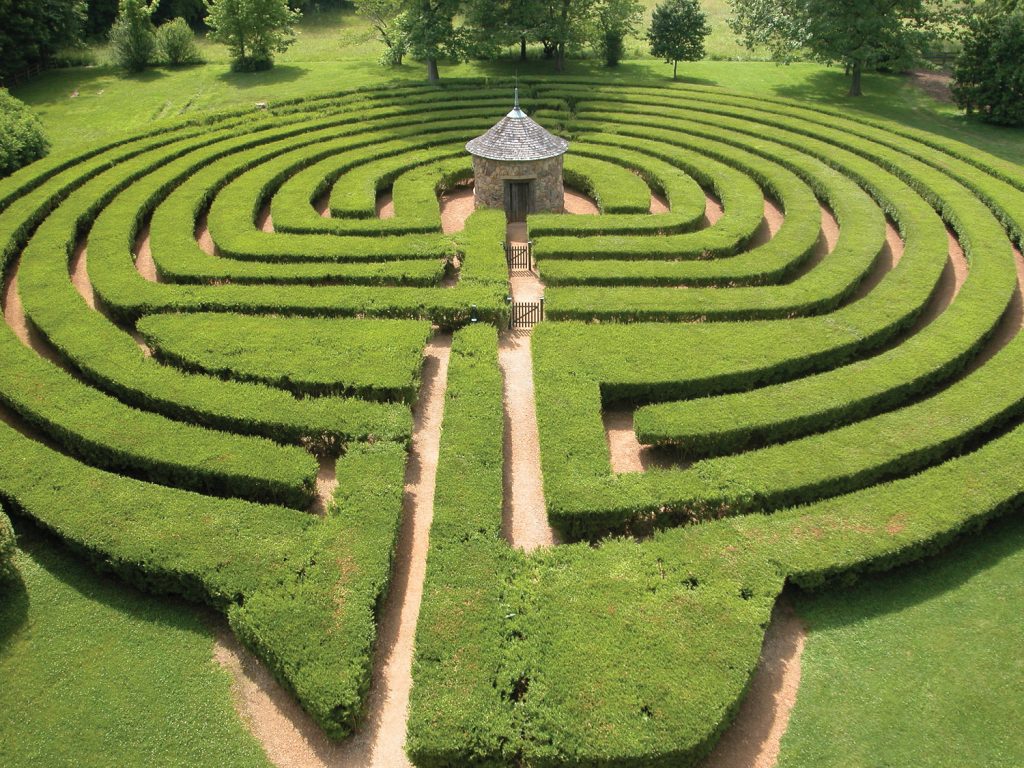
With its interesting geographical, biological and historical stories, Posey County, located in Indiana’s southwest corner pocket, is like no other county in the state.
Posey is the “big toe” of Indiana; it’s the farthest southwest of Indiana’s 92 counties. The Wabash River forms Posey’s western border with Illinois as it empties out into the Ohio River. The Ohio forms the county’s southern border with Kentucky.
Posey County is home to what’s believed the northernmost stands of cypress trees in the U.S. The stands give Posey a decidedly southern feel along the floodplains. In the floodplain where the rivers meet is the Hovey Lake Fish & Wildlife Area. Hovey Lake FWA covers approximately 7,404 acres and features a 1,400-acre oxbow lake, other smaller sloughs and marshes, and provides quality hunting, trapping, fishing, and wildlife-watching opportunities.
North of Hovey Lake along the Wabash is the historic town of New Harmony. Two utopian communal societies were attempted there — with varying success.
The outpost town was founded in 1814 by George Rapp, leader of a religious movement. The group, known as Rappites or Harmonists, fled Germany to escape religious persecution as they awaited the Second Coming of Christ which they believed would be in their lifetime. They settled first in Pennsylvania, then moved by flatboat down the Ohio and up the Wabash to the site they called Harmonie.
Under Rapp’s leadership, the hard-working Harmonists built a thriving town. But in 1824, they moved back to Pennsylvania to be closer to the large markets in the East for their products.
The following year, Robert Owen, a Welsh textile manufacturer and social reformer, along with William Maclure, an educator and geologist, purchased Harmonie from Rapp and the Harmonie Society.
Unlike Rapp’s religious group, Owen’s society was based on Owen’s socialist vision of equal education and equal social status. Owen enticed many scientists and educators from Philadelphia and other places in the East to join him in New Harmony — arriving by river on what became known as the “Boatload of Knowledge.” Numerous scientists and educators contributed to New Harmony’s intellectual community.
Though Owen’s utopian vision collapsed after just two years, New Harmony became known as a center for advances in education and scientific research as some of those he brought to Posey County, such as Thomas Say, America’s “father of entomology,” stayed in New Harmony after others moved away. New Harmony established the nation’s first public school system open to both boys and girls, the state’s first free library, and a civic drama club.
Say first identified a new variety of firefly he found here. It was later given his name. Mostly through the lobbying and educational efforts of Indiana school children and Purdue University entomologists, the Say firefly was made the official state insect in 2018.
More than 30 structures from the two communal societies remain as part of the New Harmony Historic District, which is a National Historic Landmark. In addition to the historical remnants of the early societies, the quaint town features other historic buildings and attractions, distinctive one-of-a-kind eateries and specialty shops, antiques, art galleries and festivals. The Harmonie State Park is also nearby.
County Facts
Founded: 1814
Named for: Thomas Posey, Indiana Territory Governor
Population: 25,480
County seat: Mount Vernon
Indiana county number: 65



